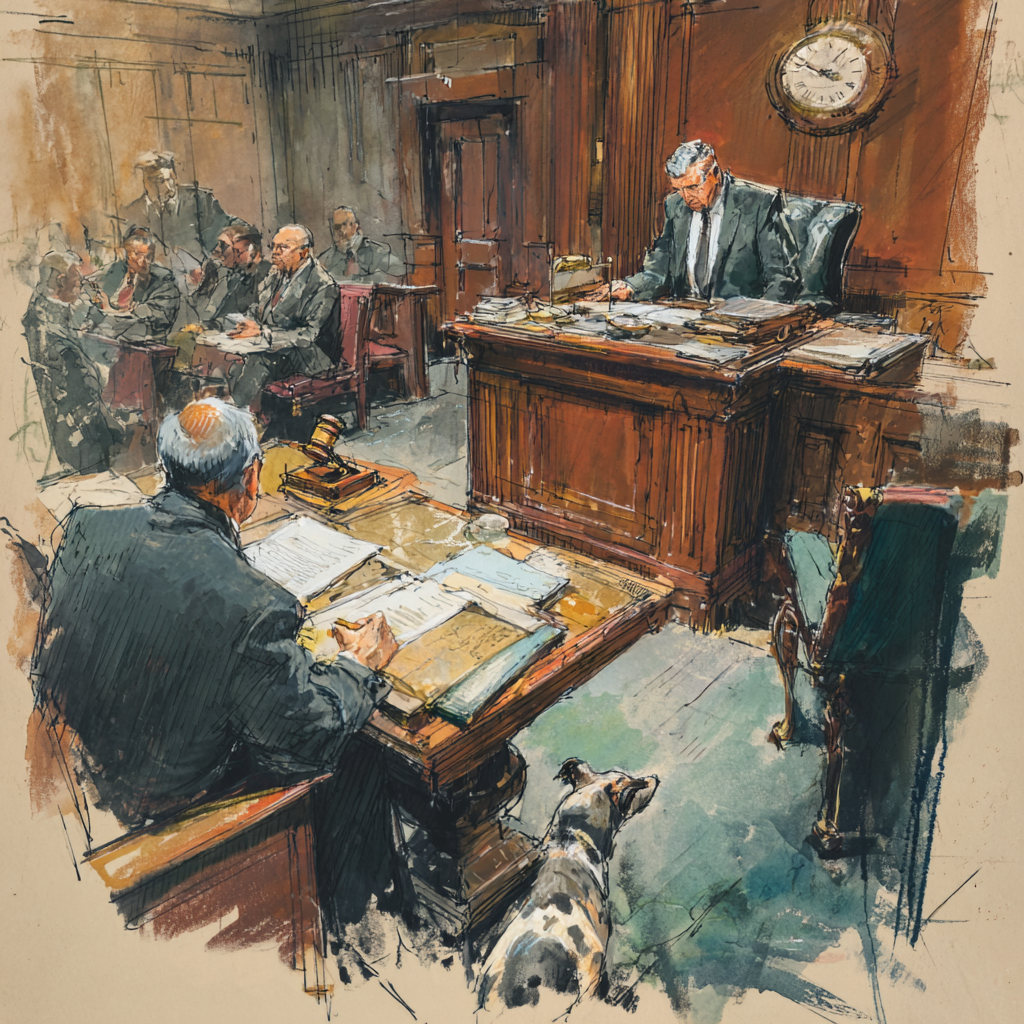Charles Deng Acupuncture, P.C. v Titan Ins. Co., 2016 NY Slip Op 26211 (Civ. Ct. Kings Co. 2016)
The Court here stated the following:
(1) “The only remaining issue before the Court is whether or not the EUO transcripts allegedly generated at the scheduled EUOs are business records which may be used to show that the respective providers failed to appear at their scheduled EUOs, and the weight to give these records if they are admissible.”
(2) “There is no question that the certified EUO transcripts can be used in a motion for summary judgment (see MML Med. Care, P.C. v Praetorian Ins. Co. 2014 NY Slip Op 51792[U]; Active Chiropractic, P.C. v Praetorian Ins. Co. 2014 NY Slip Op 50634[U], Active Chiropractic, P.C. v Praetorian Ins. Co. 2014 NY Slip OP 50634[U]), but there appears to be no cases on “all fours” concerning the use of such EUO transcripts at trial.”
I would submit that the case Allstate Ins. Co. v. Pierre, 123 A.D.3d 618, 618 (1st Dept. 2014)(“Plaintiff also established that the statements on the record were business records”) would have easily disposed of the issue in this case What is flustering to me is that the Court never cites to Pierre and it looks like Defendant failed to cite to the case.
Two more comments here that I want to share. This case underscores why it is worth the extra $100 (per no show) to obtain a bust statement. First, you do not have “the partner affirmation”, which the Appellate Term has continuously rejected. One wonders if that affirmation is tantamount to legal malpractice at this point. Second, you have a documentary basis for asserting the fact of the no-show. If the case goes to trial, you have evidence that can prove the defense. Counsel here for defendant properly represented their client in this regard.
A final confession here. For many years, I was not sold on the bust statement. I have also proven that a well worded affidavit can meet even the demanding Appellate Term Second Department standard for a no-show. But those “partner affidavit” cases admittedly have scared me and many others out there. A bust statement is just a better practice because of its durability and contemporaneity of the event being recorded. The old adage comes to play: “fool me once, shame on you. fool me twice, shame on me.”










5 Responses
Allstate v. Pierre was summary judgment. Not everything admissible on a motion is admissible at trial.
Summary judgment is the functional equivalent of trial. Except for the use of affidavits in the place of testimony, the difference from an evidentiary standpoint between trial and summary judgment is minimal. In Pierre, the law firm was able to get uncertified transcripts of no shows into evidence through attorney affirmation as a business record.
Why would the burden be different at trial? Again, this issue was resolved in Pierre.
A statement on the record is the functional equivalent of an affidavit. You shouldn’t be able to Get an affidavit into Evidence at trial through the backdoor under the guise of a business record.
We will agree to disagree on that point for the simple reason that greater minds in Manhattan have found otherwise. If you disagree, find the right case and see if the Appellate Divison agrees with you. 5 judges in Rochester, Albany or Brooklyn (only four there) may agree with you.
C’mon jason. that’s the law. the law is rarely followed. i preached in the sahara about garbage attached to insurance company motions as exhibits for years. this garbage included newspaper clippings and press releases.
welcome to no fault. the fairy land where the cplr does not apply to paraphrase my favorite decision.
doesn’t apply anywhere else either.
now the question is who’s got the juice and follow the money